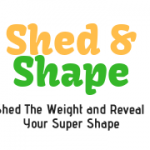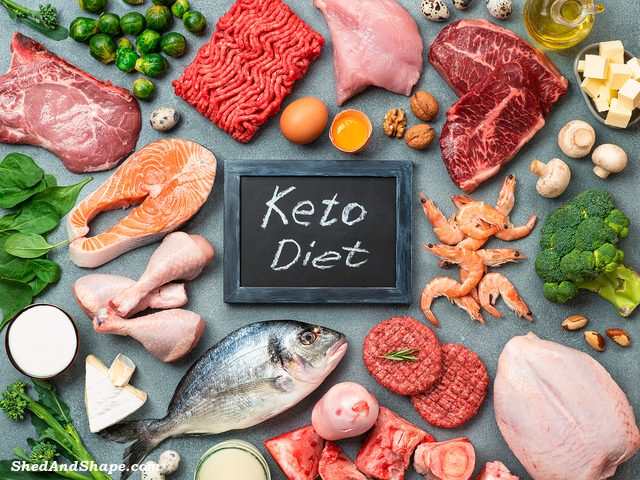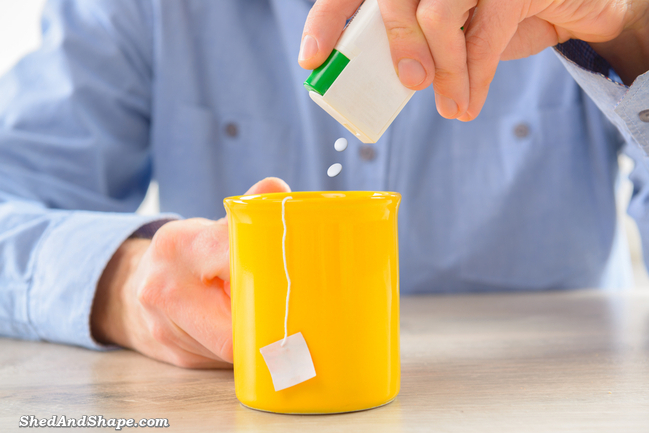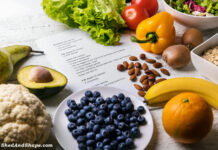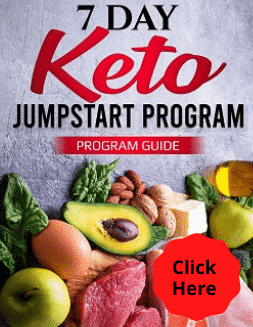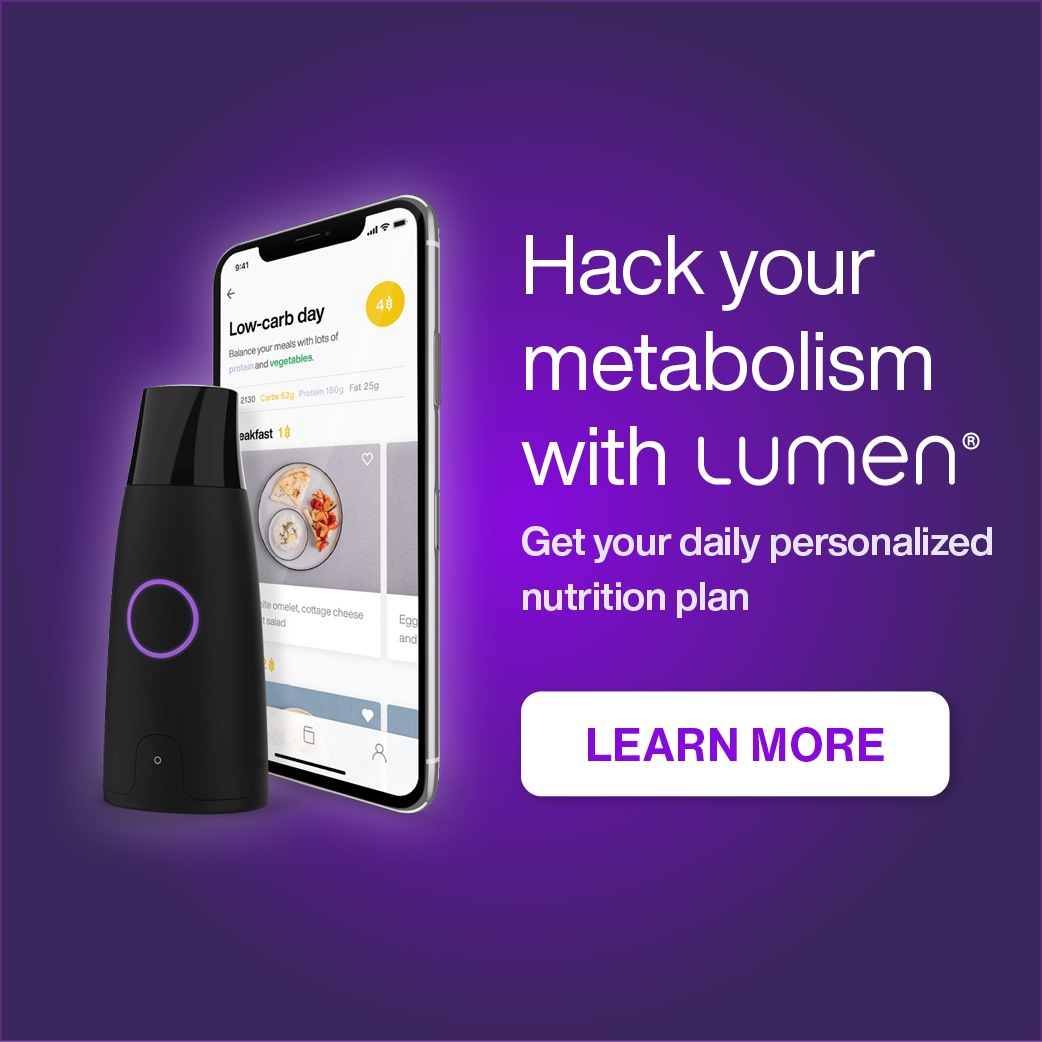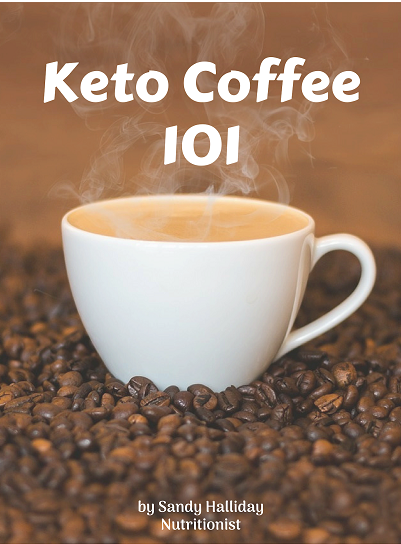Many people, when thinking of starting a keto diet, dwell on what they can’t eat when they should be asking the question “what can you eat on keto?” Although keto may sound constrictive you can actually eat quite a lot and you will find it surprisingly satisfying.
The ketogenic diet is a high-fat, moderate protein and low carb diet, which means most of the foods that you eat should come from fats.
Related reading: Keto Diet Fats : Best and Worst To Eat
Typically, carbohydrates are our body’s main source of fuel. However, on a ketogenic diet, you will rely on fats for your fuel. You will be limited to 20 to 50 grams of carbs per day depending on what stage you are at with the diet.
By reducing your intake of carbs, your body will be put into a metabolic state known as ketosis. At this point, your body will start to break down the stored fats into molecules known as ketones, which will then be converted into energy.
Related reading: How Ketosis Works for Burning Fat Faster?
Before starting on the ketogenic diet, you should know the right kinds of foods to eat and which foods to avoid. By knowing what can you eat on keto, you’ll be able to come up with a clear eating plan to help make your diet successful. So here’s a list of foods you can eat while following a keto diet.
What Can You Eat On Keto?
1. Seafood
Low mercury fish and shellfish are possibly some of the best foods you can eat on the keto diet. They are rich in nutrients like potassium and selenium but are extremely low in carbs. But keep in mind that the carb content in shellfish varies.
While crabs and shrimps don’t contain any carbs, some other types of shellfish surprisingly do. For example, a 3oz serving of scallops contains 4.5g of carbs. A 3.5-ounce (100-gram) serving of mussels contains 7 grams and clams 5 grams. If you are just getting started on keto it’s a good idea to track your carbs with an online calculator.
Also be aware that the way in which fish and shellfish is cooked could increase their carb content. Above all, make sure you eat them in moderation. The American Heart Association recommends eating only up to two seafood meals in a week.
When it comes to fish, you’ll have plenty of options for your keto diet. Aside from wild caught salmon, you can have mackerel, sardines, and other fatty fish that are loaded with healthy fats.
You may be wary of eating fish because of what you’ve heard about all the pollutants if can contain and now there is the added problem of micro-plastic. According to the Harvard School of Public Health the benefits of eating oily fish twice a week outweighs the risks.
You should certainly avoid farmed fish because of the contaminants it contains. If you want to find out more about this then Dr David Perlmutter gives 5 reasons why you should avoid farmed fish.
2. Meat and Poultry
Both meat and poultry are considered staple foods on a keto diet. They are almost carb-free and are rich in important nutrients and minerals. Above all, they are a great source of protein, which is also an important component of the keto diet.
Always choose high-quality meat and opt for grass-fed meat as much as possible. This is the type of meat derived from animals that were fed on grass. Sometimes they are labelled organic as well as pastured. When fed this way they produce higher amounts of omega-3, conjugated linoleic acid, and antioxidants compared to grain-fed animals.
You should avoid eating lots of bacon and other processed meats. When buying bacon it’s probably better to seek out nitrite free varieties. Kate Allen, executive director of science and public affairs at the World Cancer Research Fund states
Nitrites in processed meats are in close proximity to proteins (specifically amino acids). When cooked at high temperatures this allows them to more easily form nitrosamines, the cancer-causing compound.
It’s also better to avoid eating smoked and overcooked or charred meat as these can also contain toxic and cancer causing substances.
3. Low Carb Vegetables
As a high fat diet, many people think that the keto diet is all about eating fatty meat. But that’s definitely not the case, since the diet also requires eating plenty of vegetables especially green leafy ones like kale and spinach.
Related reading: Health Benefits of Kale and Spinach for Keto
While some vegetables contain carbs, especially the starchy ones, there are plenty of vegetables that are virtually carb-free. These low-carb vegetables also contain lots of fiber, which your body will not digest and absorb, unlike carbs.
When adding veggies into your keto diet, consider their “net carb count”. Net carbs are those carbs that will be absorbed by the body and are computed by deducting fiber from the total carbs.
If you are a vegetarian and wondering what can you eat on keto, then here are the best low-carb vegetables to include in your diet.
Avoid consuming starchy veggies like yams, potatoes, or beets. These vegetables are loaded with carbs, that even a single serving of these veggies could kick you out of ketosis.
4. Dairy Products
It’s not uncommon for people starting out on keto to think that they can live on mostly cheese burgers but that is not true nor ideal if you want to do it properly.
You can have dairy products but if you want to do have maximum health benefits from the diet then you need to eat good quality dairy. Ideally you should buy organic to avoid hormone and antibiotic residues that have been fed to the cows.
You should avoid milk because it’s high in carbs but cream, grass-fed butter, ghee, yogurt, kefir and most cheese is fine. Just make sure that any yogurt or kefir you buy is plain and unflavored. Greek yogurt is particularly good for keto.
Related reading: Best Yogurt For A Low Carb Diet
If you love cheese and are not dairy allergic then you would be happy to know that you can eat all sorts of good quality cheeses while on the keto diet. Most cheeses are very low in carbs and high in fat, which makes them good for keto so long as you don’t go overboard with it because cheese is high in calories. For instance, an ounce of cheddar contains 100 calories and only 1 gram of carbs.
It’s best to buy cheese made from the milk of grass-fed cows to get extra nutrients like conjugated linoleic acid and vitamin K2. Look for cheese that is made from organic raw milk and avoid eating cheese labelled as low fat or made from skimmed milk. Organic cheese is better for you than the mass produced variety.
Cheese also contains protein and a good amount of calcium. Studies show that eating cheese regularly could help to minimize the loss of muscle mass and strength, which often occurs as you age.
Aside from cheddar, you can also eat brie, blue cheese, cream cheese, cottage cheese, goat cheese, and mozzarella on keto. You can add cheese to salads or make a low-carb dessert out of them like this Japanese Cheesecake Recipe or this yummy Keto Cream Cheese Chocolate Cake.
5. Eggs
Good quality eggs are among the healthiest and most versatile foods you can include in your keto diet. A single egg contains less than 1 gram of carbs but has about 6 grams of protein. In addition, eggs have been found to trigger hormones that can increase the feeling of satiety and fullness.
When adding eggs to your keto diet, make sure you eat the entire egg since most of its nutrients are found in the yolk. Even though egg yolks are high in cholesterol, eating them will not raise the blood cholesterol levels in most people. In fact, eggs may help to modify the LDL particles, which reduces your risk of developing heart diseases.
As with other foods it’s best to buy organic or pastured eggs.
6. Coconut oil
The coconut oil’s unique properties have made it an ideal food to eat on the ketogenic diet. It contains medium-chain triglycerides or MCTs, which are taken directly by the liver and converted into ketones or used as a source of energy.
Since coconut oil is purely fat, eating it can help you to easily meet your daily fat needs without adding any carbs to your diet. Also, the MCTs in coconut oil have been shown to help improve the body’s ability to burn fats.
7. Nuts and Seeds
Nuts and seeds are great for keto since they are high in fat and low in carbs. They also contain protein, vitamins, minerals, antioxidants and fiber which are good for your health.
Frequent consumption of nuts is believed to help reduce the risk of heart diseases, depression, and certain types of cancer. Also, the fiber content of both nuts and seeds help you to feel full easily and prevent overeating.
Nuts and seeds make great snacks or additions to salads. Nut flours are popular to make keto bread and desserts with. Nut and seed butters make tasty snacks too.
Related reading: Best Nuts to Eat On Keto
8. Low Carb Fruit
Most fruit is generally high in carbs so you need to be careful with your fruit intake on a keto diet. Many people avoid it when they first start the keto diet so they can get into ketosis.
Related reading: How To Tell If You’re In Ketosis Without Testing?
Once you have been on the diet for a few weeks and are managing your carbs well then you could start to experiment with some low carb berries. Although there are many keto blueberry recipes they are higher in carbs than other berries.
Related reading: 5 Healthy Fruits You Can Eat On A Low Carb Diet
Although we tend to think of avocados and tomatoes as vegetables they are in fact fruit and they are fine to eat while following a ketogenic diet.
Given the many delicious foods that you can eat on keto, it’s not surprising that so many people love the keto diet. Even though it requires you to give up high carbohydrate foods, there are other healthier and more delicious foods that you can eat instead. Therefore, you will not feel deprived.
Aside from helping you lose weight, the keto diet also helps with blood sugar management and offers several other health benefits. But in order to reap all the benefits of this low-carb diet, make sure you know what can you eat on keto.
